Help:Guidelines EditorPalette
From WikiPathways
(→Line / Arrow) |
|||
| Line 10: | Line 10: | ||
![[Pathway:WP428|Generic arrow]] | ![[Pathway:WP428|Generic arrow]] | ||
![[Pathway:WP1603|Translocation between compartments]] | ![[Pathway:WP1603|Translocation between compartments]] | ||
| - | |||
|- | |- | ||
|[[Image:PlainArrow.png|border]] | |[[Image:PlainArrow.png|border]] | ||
|[[Image:Arrow_translocation.png|border]] | |[[Image:Arrow_translocation.png|border]] | ||
| - | |||
|} | |} | ||
Revision as of 17:55, 28 July 2020
This guide describes the recommended utilization of the most commonly used elements of the WikiPathways editor palette. Examples are taken directly from the WikiPathways archives. If you have questions about specific cases, contact the discussion mailing list.
For each figure, the original pathway is linked to from the image header.
Contents |
Basic Interactions
Line / Arrow
The solid line and arrow are used to denote a variety of processes, including conversion, translocation, activation, binding and modification.
| Generic arrow | Translocation between compartments |
|---|---|

| 
|
Dashed line / dashed arrow
The dashed line and arrow are used to denote an uncertain process or a process that involves additional steps not outlined in the diagram.
| Undefined process |
|---|

|
T-bar
The T-bar is used to denote inhibition.
| Inhibition of enzymatic activity by a drug |
|---|
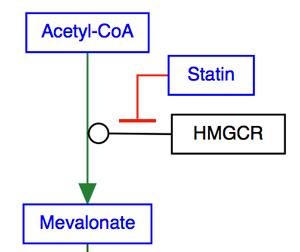
|
Line types
Any interaction can have a line style of either straight, curved, elbow or segmented. The default style is straight, and is shown in the examples above. The other three line styles are used to increase readability or to allow for a specific layout.
| Curved | Elbow | Segmented |
|---|---|---|
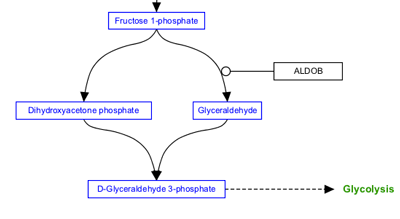
| 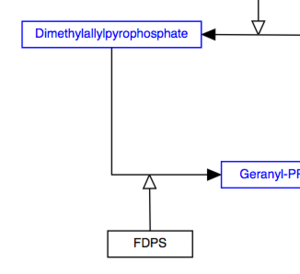
| 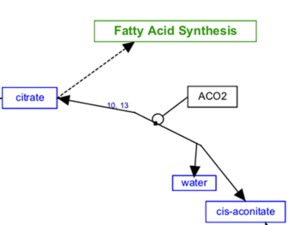
|
MIM Interactions - Molecular Interaction Maps
The WikiPathways editor includes a set of MIM interaction types, based on the Molecular Interaction Maps notation. Refer to the formal MIM specification for details on recommended usage.
| Necessary stimulation | Binding | Conversion |
|---|---|---|

| 
| 
|
| Stimulation | Catalysis | Transcription-Translation |
|---|---|---|

| 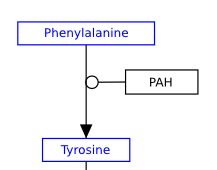
| 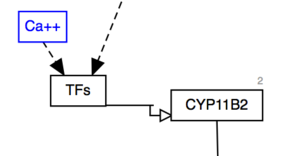
|
Data nodes
- GeneProduct: The default data node, used for proteins, RNA and genes.
- Metabolite: Used for any metabolite, drug or small molecule.
- Pathway: Used to denote a connection to another pathway.
- Protein: Used specifically for proteins.
- RNA: Used specifically for RNA, for example miRNA.
| GeneProduct | Metabolite | Pathway |
|---|---|---|
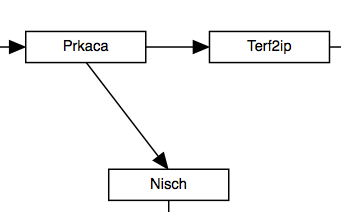
| 
| 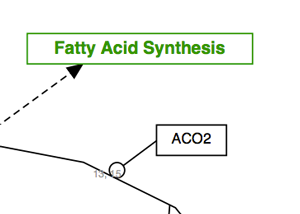
|
| Protein | RNA |
|---|---|
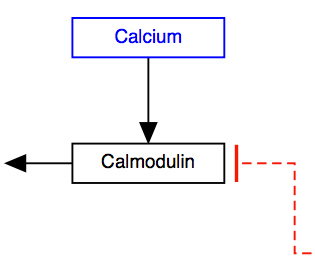
| 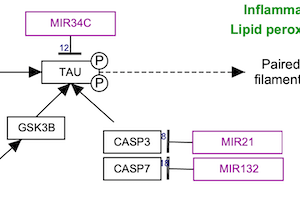
|
Graphical elements
Graphical elements are purely graphical, meaning they do not have a meaning in the network graph that defines nodes and interactions.
Label
Labels are used to describe locations, entities, processes or context:
| Labels used to indicate cell type | Labels used to indicate event | Labels used to describe complexes |
|---|---|---|
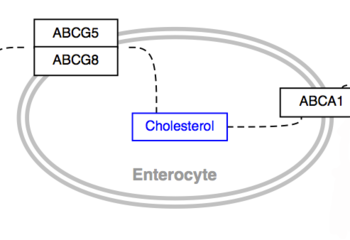
| 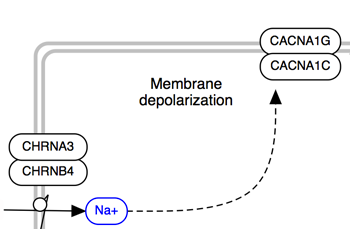
| 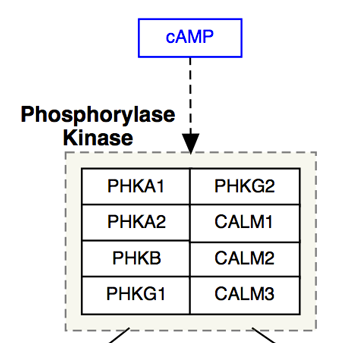
|
Line
Lines can be used to create more complicated graphical objects representing biological structures, or to create a pathway legend.
| Multiple lines used to represent a sarcomere | Lines used to create a legend |
|---|---|
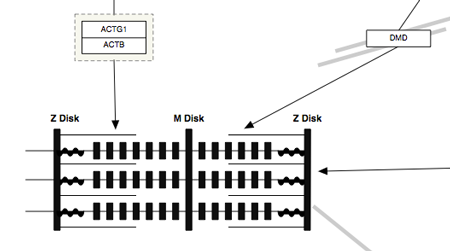
| 
|
Arc
The arc is typically used to denote a cellular or molecular structure.
| Arcs used to represent a cellular structure |
|---|

|
Rectangle
The rectangle is typically used for headers, to create an outline for a legend or as a purely graphical object:
| Rectangle used as a header border |
|---|

|
Cellular compartments
Cellular compartment shapes are used to specify the cellular location of processes. Using the defined cellular compartment shapes instead of simple graphical shapes ensures that the cellular location information is encoded in the gpml.
| Cell | Nucleus |
|---|---|
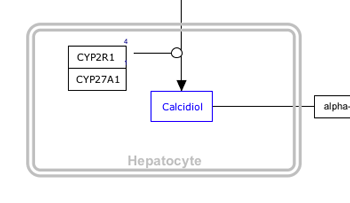
| 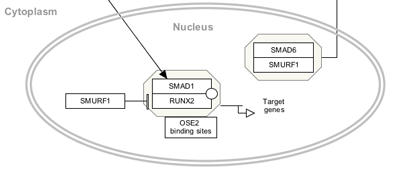
|
| Vesicle | Mitochondria |
|---|---|
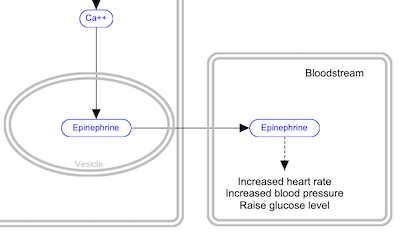
| 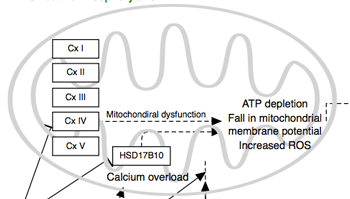
|

